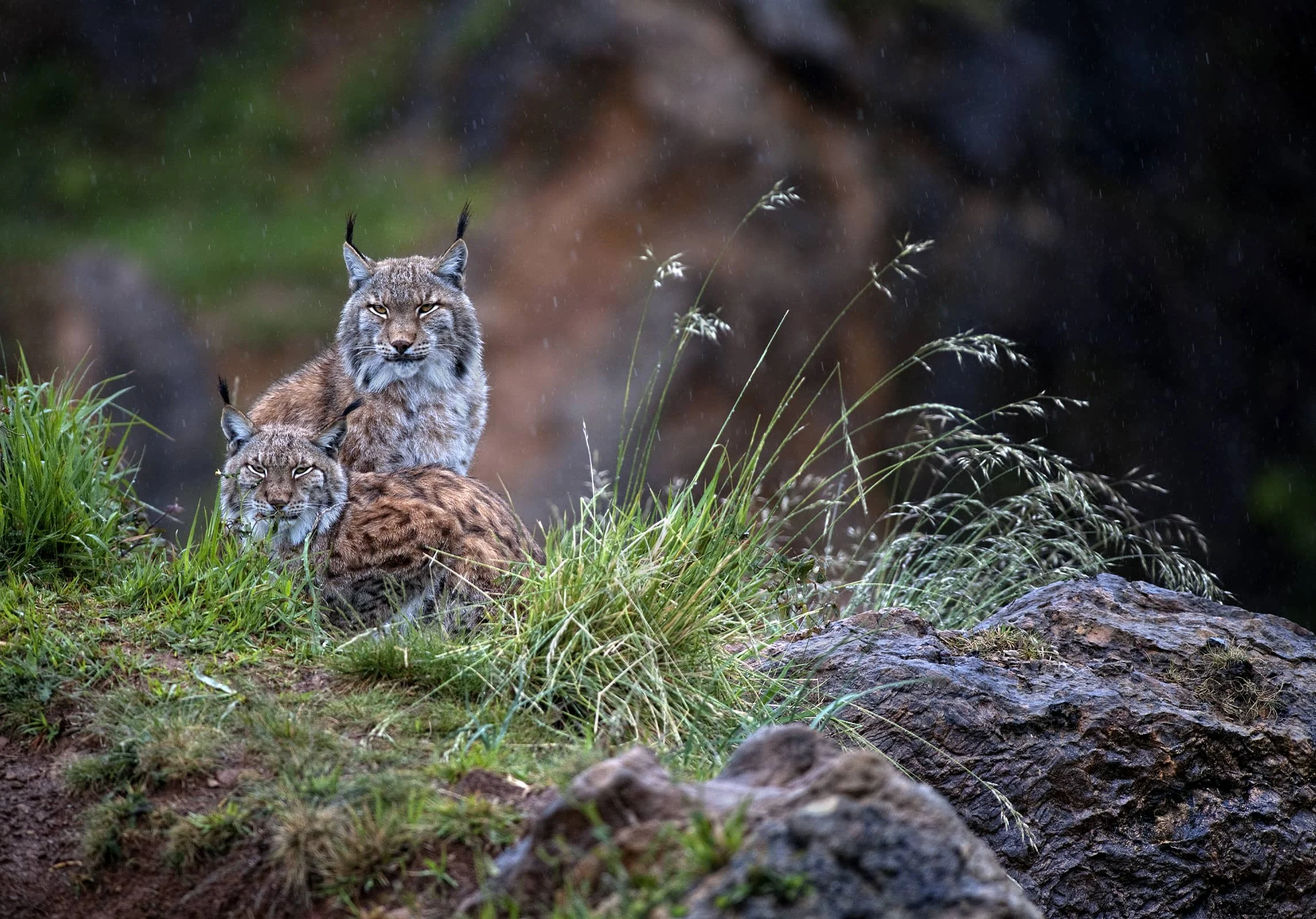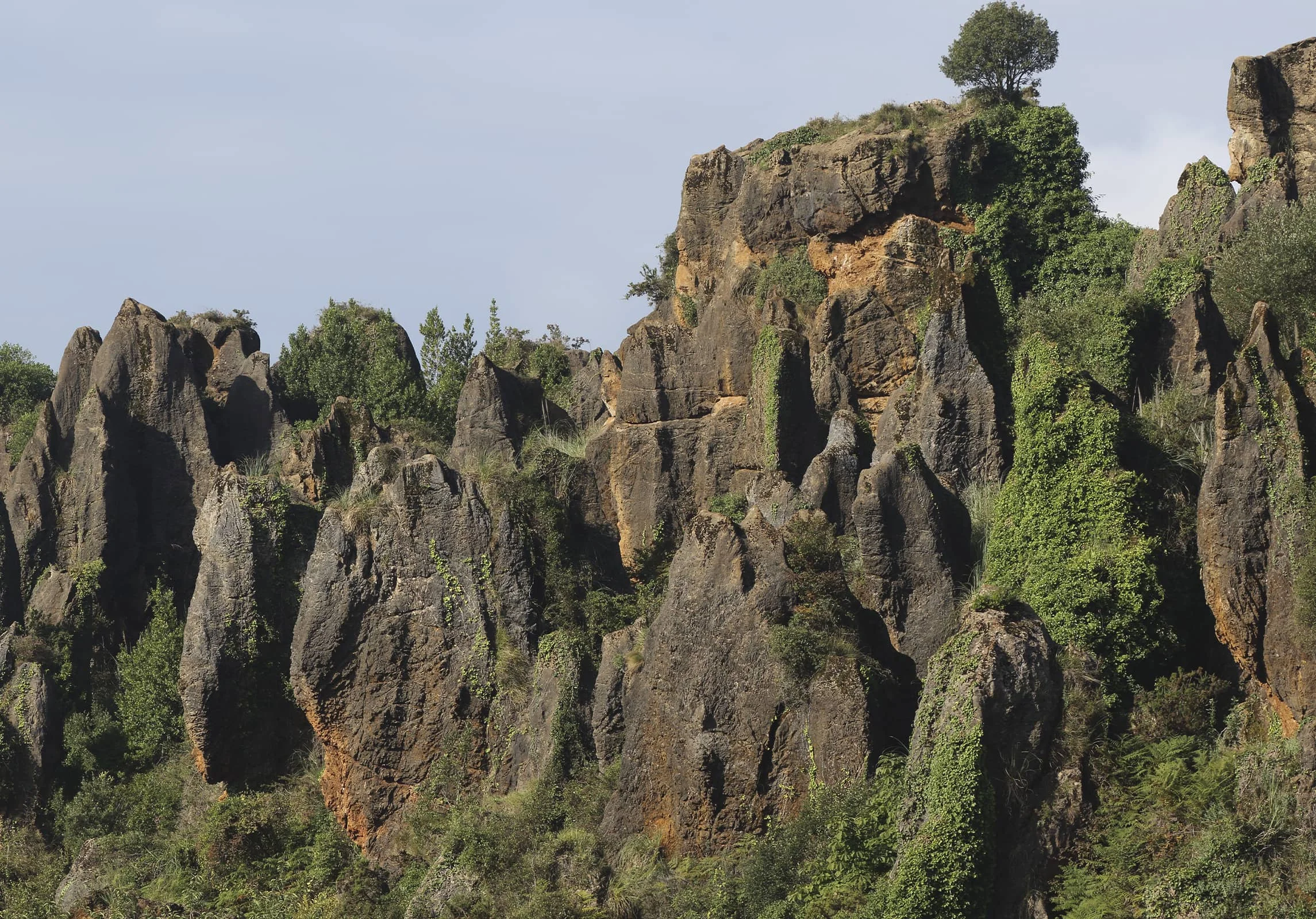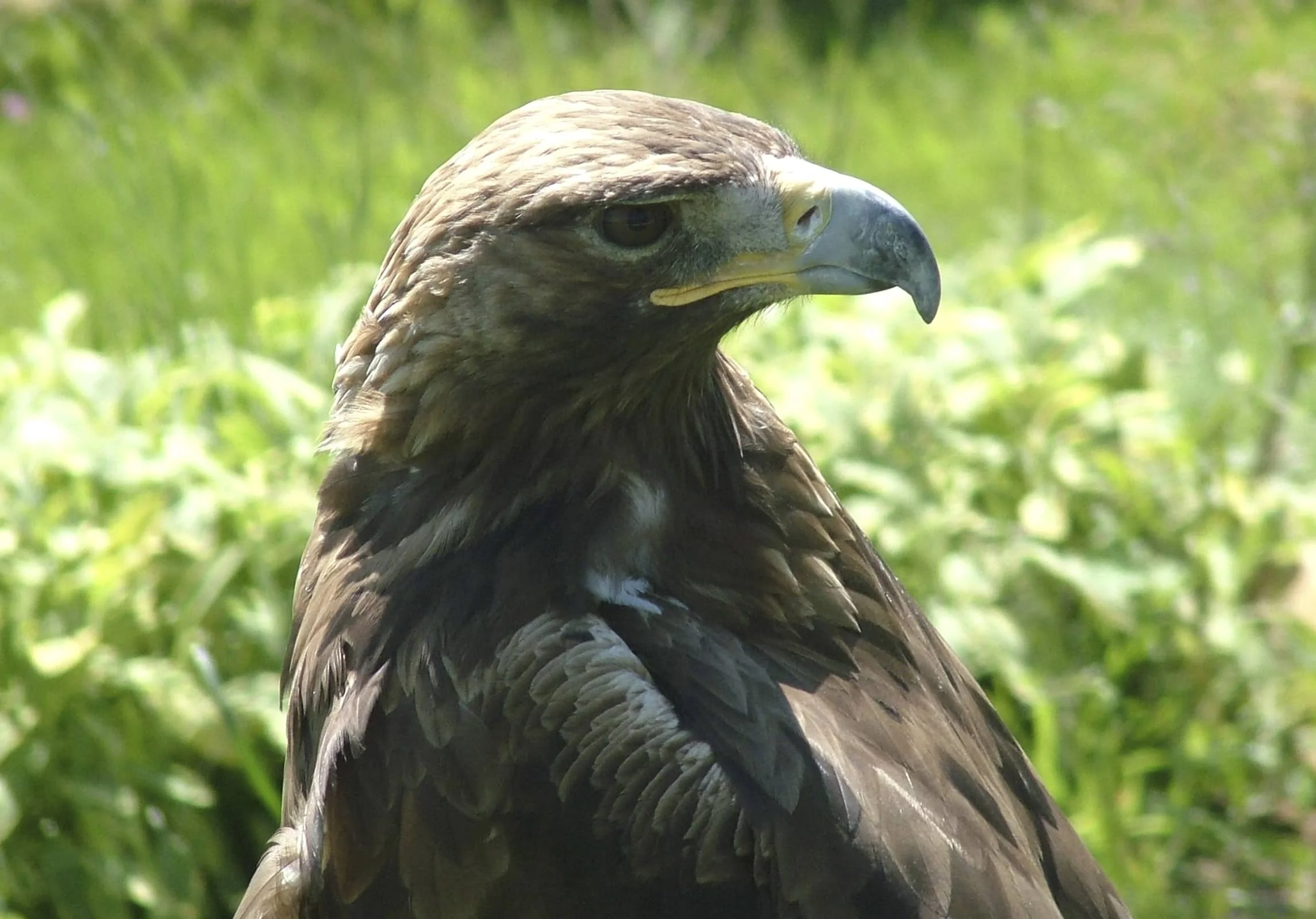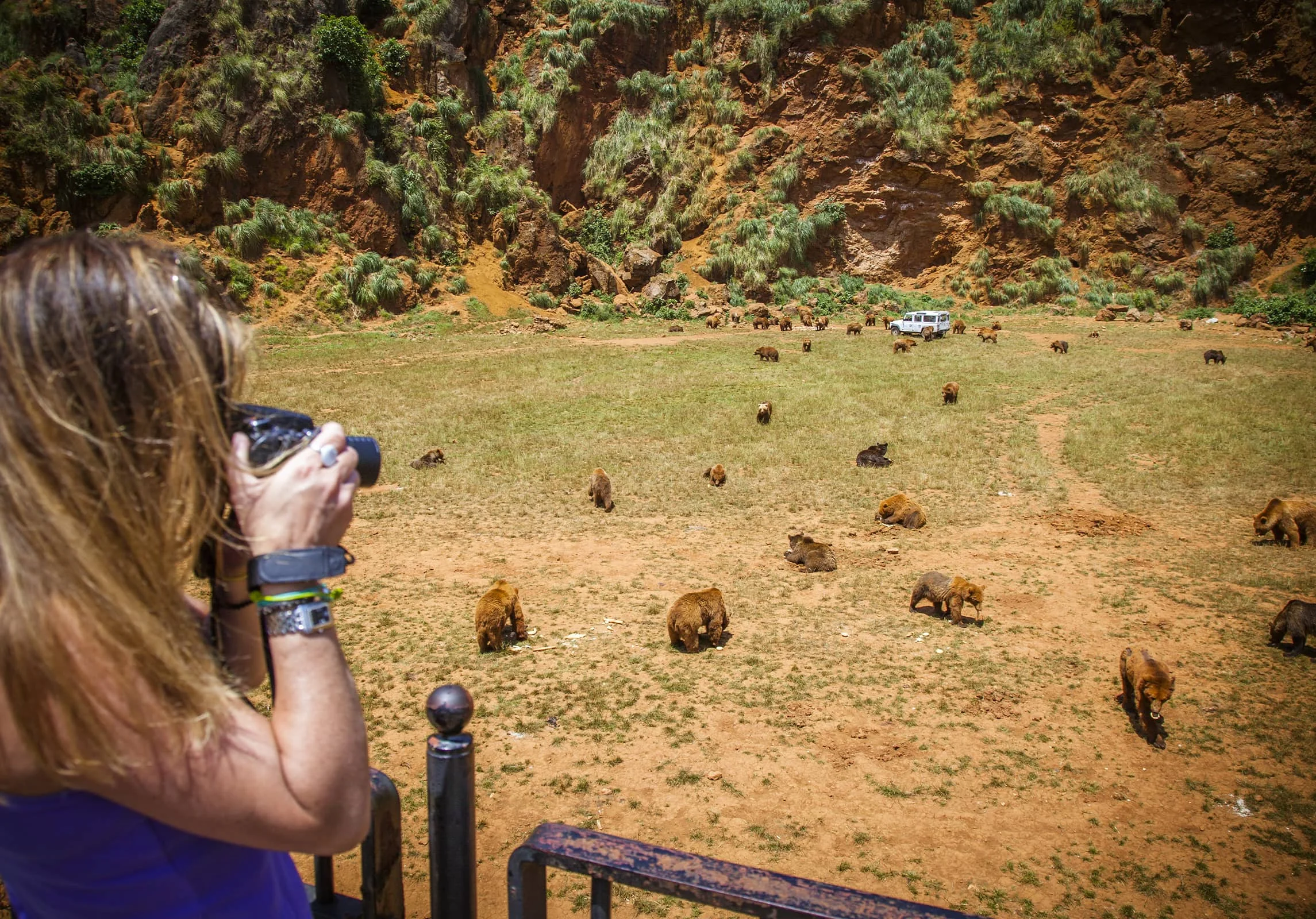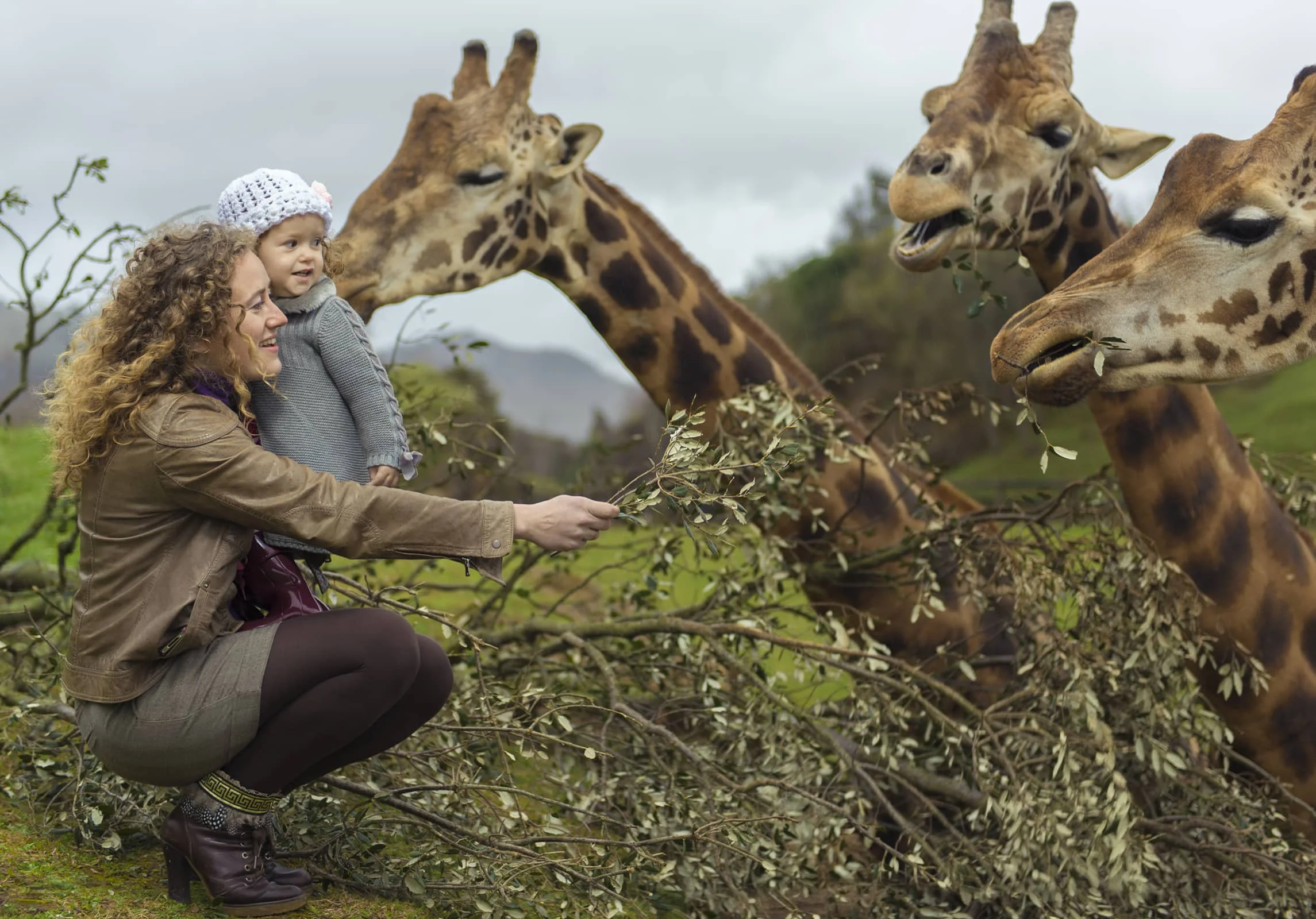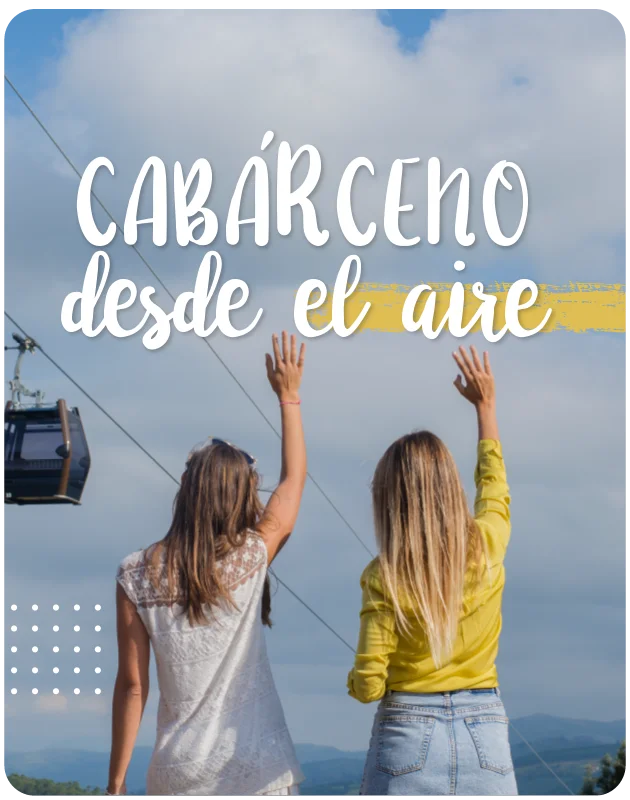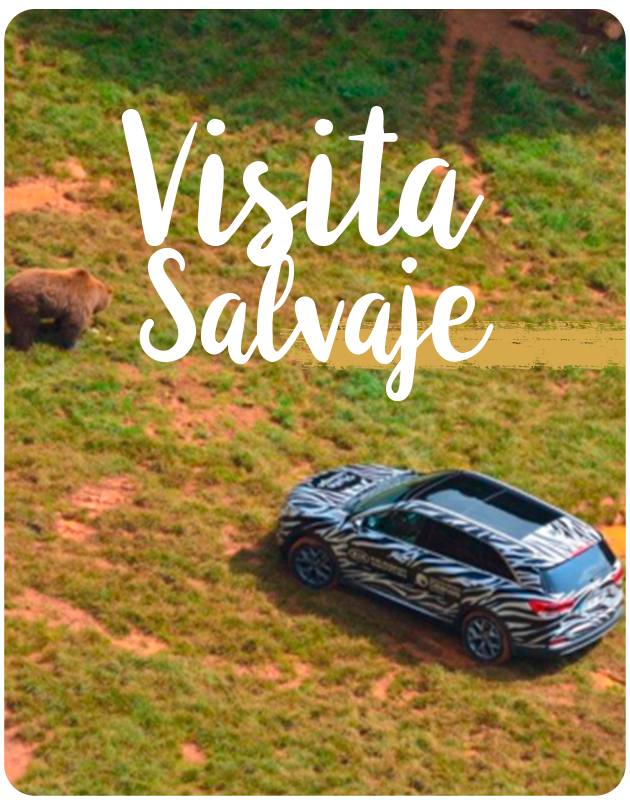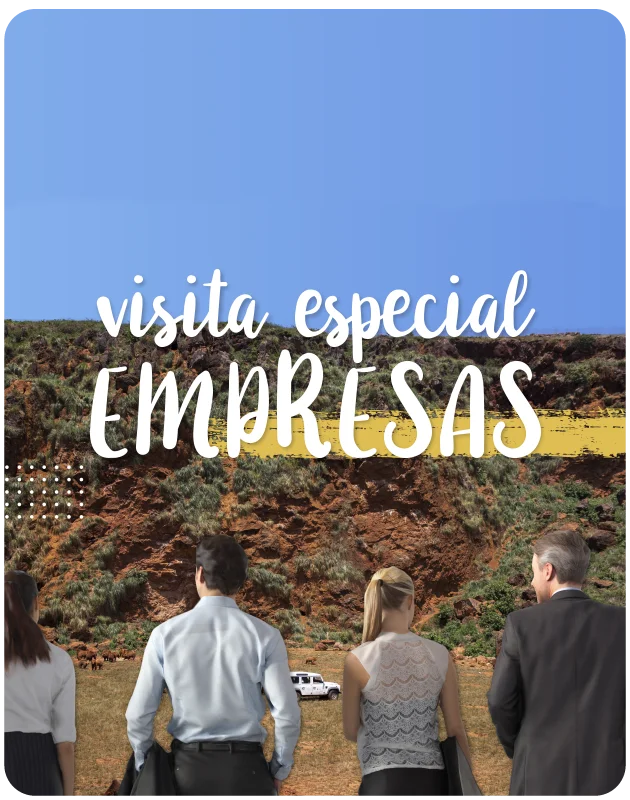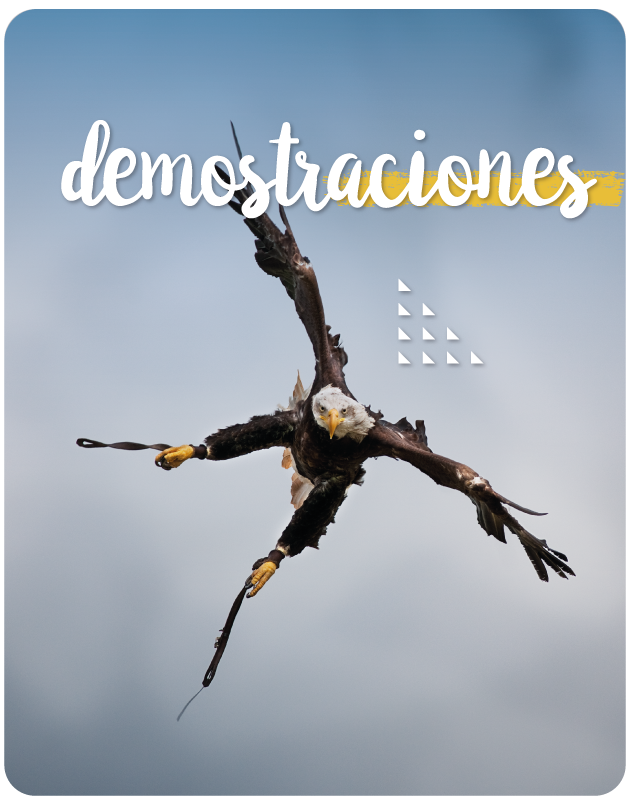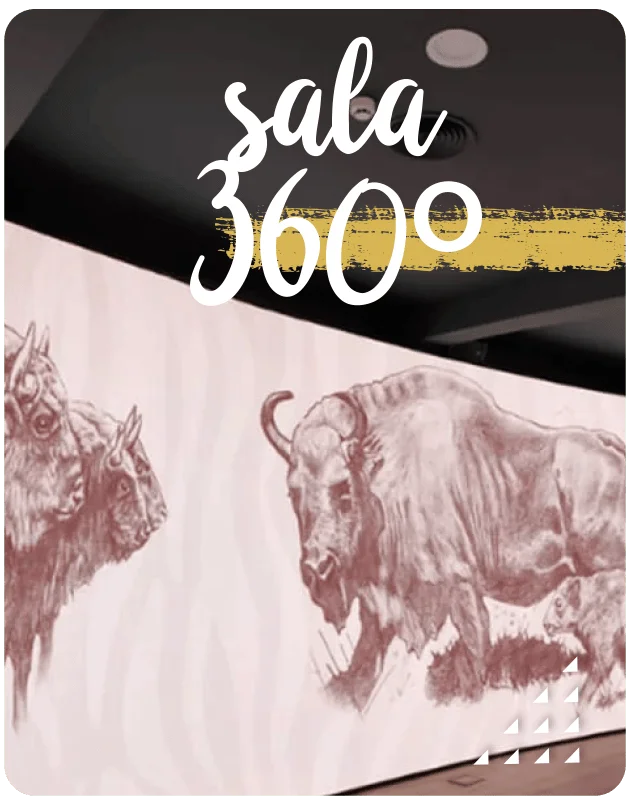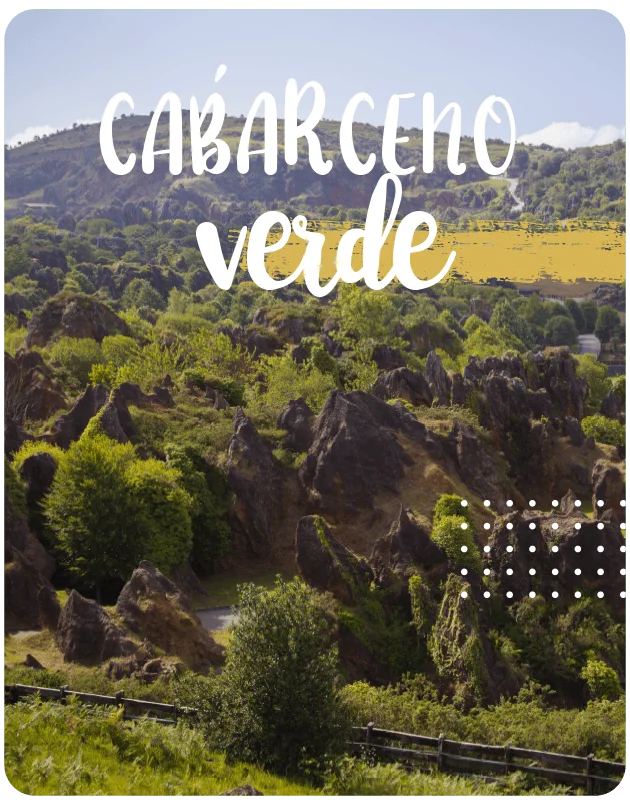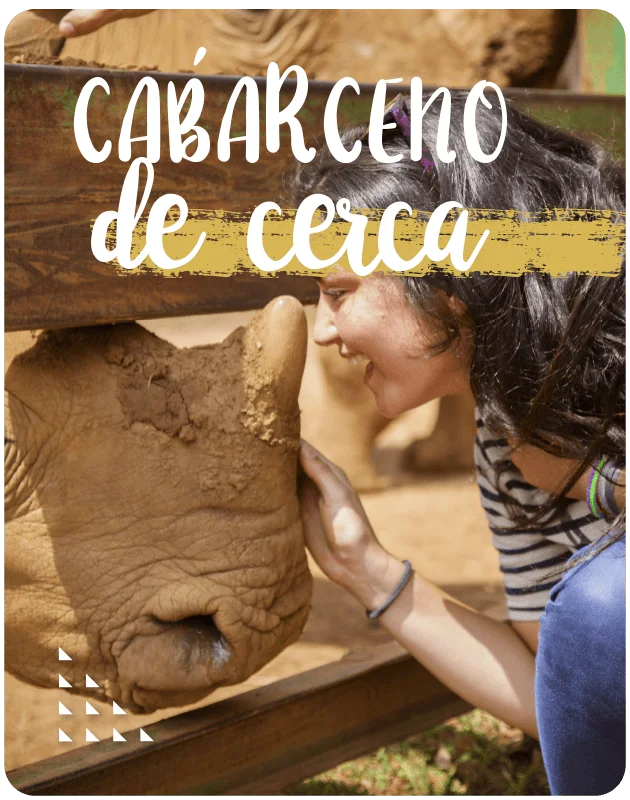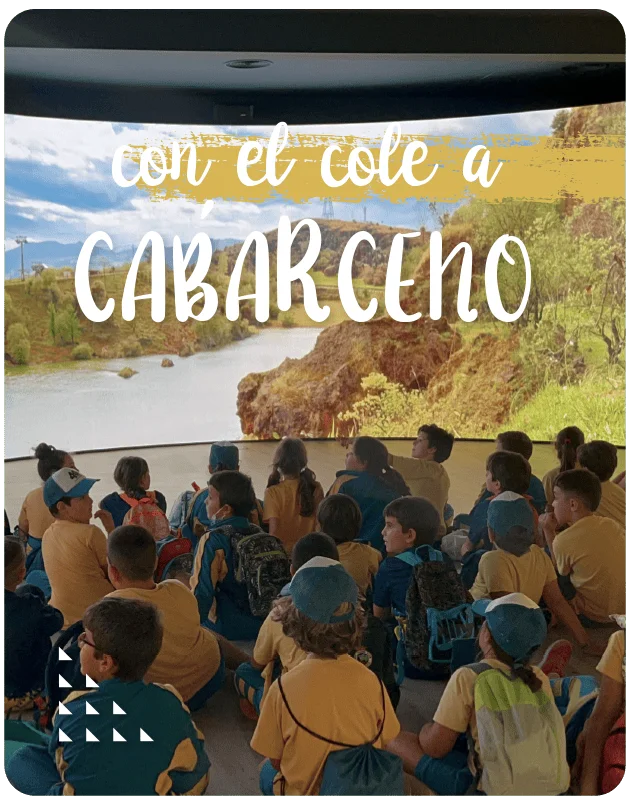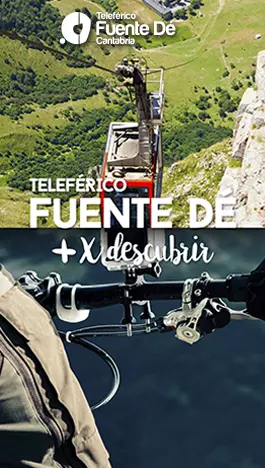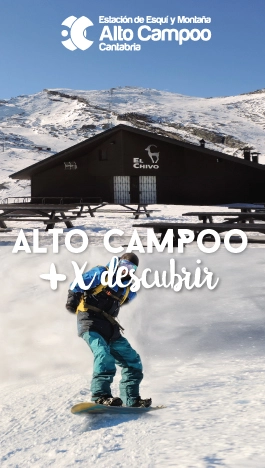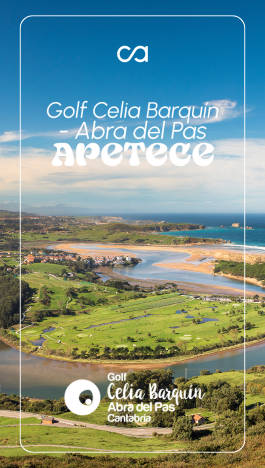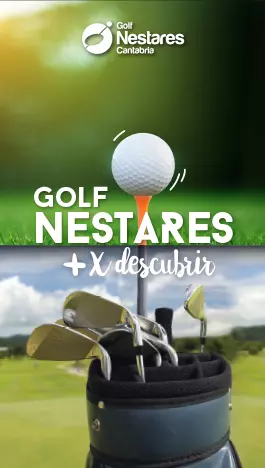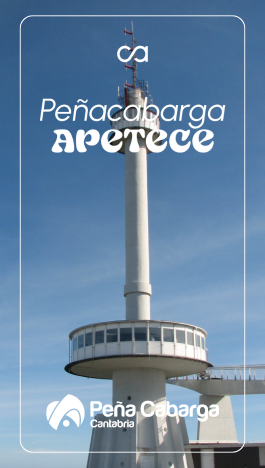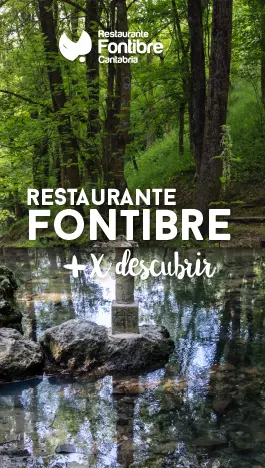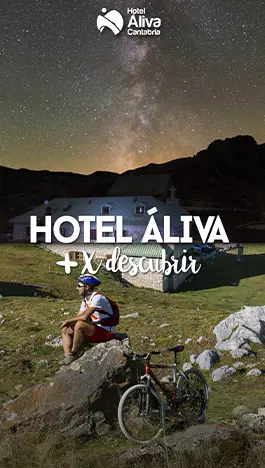Science and Conservation
One of the key reasons zoos exist today, beyond simply preserving endangered species, is the invaluable opportunity they provide for research. This research directly supports the conservation of these species.
The Parque de la Naturaleza de Cabárceno conducts a significant number of research projects in collaboration with both Spanish and international universities. This is made possible by the sheer size of its enclosures and its ability to house large groups of animals.
We’ve been pioneers, collaborating with the Deutsches Primatenzentrum and the University of Göttingen (Germany), in developing techniques that allow us to understand the African elephant female’s reproductive cycle using non-invasive methods (from fecal and urine samples).
We also collaborate on various behavioral studies of the African elephant male, verifying their hormonal profiles through non-invasive methods. This helps us study the reason behind the great aggression that male elephants exhibit during certain times of the year, as well as its relationship with reproduction. This phenomenon is known as “Musth,” and it is in this state that the male is most dangerous, causing most of the accidents that occur with zookeepers or with natives in Africa.
We are also working in collaboration with the Department of Reproductive Biotechnology at the Faculty of Veterinary Medicine in León on a project focused on developing a “technique for obtaining, preserving, and applying brown bear semen.” The aim is to provide a tool for those working with the Cantabrian brown bear that can help mitigate, as much as possible, the serious danger of inbreeding faced by our scarce bear population in the Cantabrian Mountains.
We also collaborate with several zoos and associations on conservation projects for endangered species such as tigers, lions, lynxes, and rhinoceroses.
We are part of the most important national and international associations related to wild fauna. We are members of both AIZA and EAZA (the Iberian and European Associations of Zoos and Aquariums, respectively). We are also integrated into a significant number of endangered species protection programs (EEPs) and are included in the studbooks for most of the species we house in our facilities.

